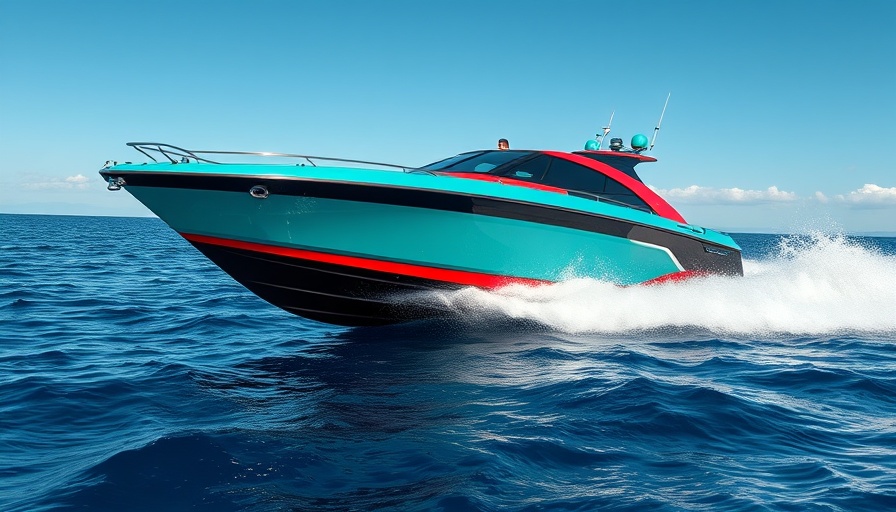
Revolutionizing Naval Production in Asia
Following the recent memorandum of understanding (MOU) between Houston-based Eureka Naval Craft and Singapore's Strategic Marine, the landscape of naval vessel production is set to undergo a transformative shift. The agreement centers around the production of the Aircat Bengal MC, a modular attack surface craft (MASC) designed to meet the pressing needs of modern navies.
The Innovation Behind Aircat Bengal MC
The Aircat Bengal MC is described as a breakthrough in naval technology. Its design allows for rapid adaptation in various operational scenarios, making it an ideal solution for both military and commercial maritime needs. With capabilities such as deploying Tomahawk cruise missiles and carrying significant payloads, it addresses core challenges many navies face, including the high costs and complex nature of current naval shipbuilding programs.
How U.S.-Singapore Collaboration is Shaping Maritime Security
CEO Bo Jardine emphasized the importance of U.S.-Singapore cooperation in reinforcing maritime innovation and security. By merging American ingenuity with Singapore's shipbuilding expertise, the partnership aims to enhance the capabilities of allied forces in the Indo-Pacific region. This collaboration is particularly crucial at a time of escalating geopolitical tensions and evolving threats.
Autonomous Navigation: The Aircat's Edge
One of the standout features of the Aircat Bengal MC is its advanced autonomous navigation system, developed in partnership with Greenroom Robotics in Australia. This technology positions the Aircat as a leading vessel in the naval industry, allowing it to operate autonomously or semi-autonomously, thus reducing crew requirements and operational costs.
Potential Impacts on the Maritime Industry
As the demand for advanced naval vessels rises, the Aircat Bengal MC could disrupt the current market paradigms. Jardine asserts that many existing vessels in the naval sector are outdated and sluggish. The Aircat's modular construction techniques and versatility—from troop transport to mine countermeasures—make it a formidable alternative to traditional naval corvettes and frigates.
Challenges and Opportunities in Naval Manufacturing
Despite the promise, challenges remain in adapting to rapid technological changes and integrating them into existing naval structures. The collaboration between Eureka Naval Craft and Strategic Marine represents an opportunity to innovate and streamline the manufacturing process, ensuring the timely delivery of high-performance vessels.
Looking Forward: A New Era for Naval Defense
The Aircat Bengal MC signifies a future where military and commercial maritime operations are increasingly intertwined. With its unique capabilities, the vessel is poised to play a crucial role in shaping naval defenses and enhancing operational readiness amidst growing global challenges.
Conclusion: Embracing Change in Maritime Defense
The new partnership between Eureka Naval Craft and Strategic Marine brings with it not just technological advances but also a vision for how modern naval forces must adapt to meet the demands of the 21st century. As maritime operations evolve, the need for agile, powerful vessels like the Aircat Bengal MC becomes clear, marking a significant step forward in global maritime security.
 Add Row
Add Row  Add
Add 




Write A Comment